Does finasteride (Propecia) regrow hair?
Dr. Patrick Mahar, dermatologist, talks about the benefits of using finasteride for hair loss and tells you how to secure a prescription online.
Table of Content:
What is finasteride used for? | How does it regrow hair? | How to get a prescription? | What is the finasteride dose for hair loss? | Benefits | Side effects | Can finasteride be used by women? | FAQ
Our commitment to producing high-quality content:
The information presented in this article is based on scientific research and the professional advice of our Content Medical Reviewers, who are experts in the field of Dermatology. How we write our content →
What is finasteride (Propecia)?
Finasteride (commonly known by its brand name Propecia) is a medication that is primarily prescribed to treat male pattern baldness (androgenetic alopecia) in men. Under the brand name Proscar, it was originally developed and marketed for the treatment of benign prostatic hyperplasia (BPH), which is an enlargement of the prostate gland. The medication was later approved in a lower dose (1 mg) for treating hair loss.
What is finasteride used for?
- Treatment of male pattern baldness (androgenetic alopecia): Finasteride is commonly prescribed to treat male pattern baldness, a condition characterized by progressive hair loss on the scalp, particularly at the crown and temples. It works by reducing the levels of dihydrotestosterone (DHT), a hormone that shrinks hair follicles and leads to hair loss. Finasteride is typically taken in a 1 mg daily dose for this purpose1.
- Treatment of benign prostatic hyperplasia (BPH): Finasteride is also used to treat benign prostatic hyperplasia, a condition where the prostate gland enlarges, leading to urinary difficulties such as a weak stream, urgency, and incomplete bladder emptying. For BPH, the medication is usually prescribed at a 5 mg daily dose. By lowering DHT levels, finasteride helps to shrink the prostate, improving symptoms and reducing the need for surgery2.
How does finasteride regrow hair?
Dr. Patrick Mahar, dermatologist, says that finasteride works by inhibiting the action of an enzyme called 5-alpha-reductase, which converts testosterone into dihydrotestosterone (DHT). DHT is a potent androgen, or male hormone, that plays a significant role in the development of male pattern baldness3.
How to get a finasteride prescription online?
You can get an online prescription for finasteride by having a photo-consultation with a board-certified dermatologist. The consultation takes less than 5 minutes and it starts at $59. Medication renewals are only $39.
How to buy finasteride for hair loss?
After getting your online prescription via Miiskin, you can buy finasteride at the local pharmacy.
Can you buy finasteride over the counter?
Associate Professor Dr. Mahar says that finasteride is not available over the counter. You need a prescription from a licensed healthcare provider to purchase finasteride.
The reason for this is while it is effective for treating male pattern baldness and benign prostatic hyperplasia (BPH), it may have side effects and it is not suitable for everyone. A healthcare provider needs to evaluate whether finasteride is appropriate for a patient taking into consideration their medical history, potential risks, and possible interactions with other medications.
Consult a Board-Certified Dermatologist Now!
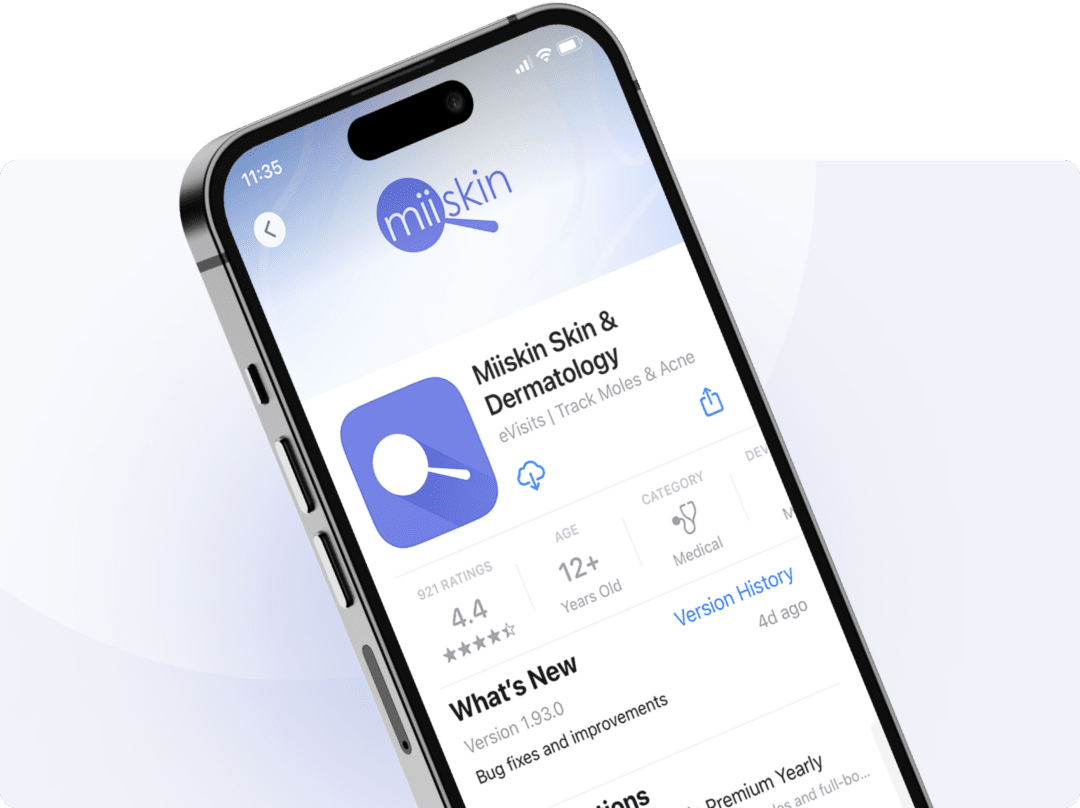
Download the Miiskin app to connect with independent, board-certified dermatologists who are licensed in your state. Answer a few questions, upload some photos and get a treatment plan in 1-2 days. Consultation price is $59 and medication renewals are only $39.
Online dermatology care is ideal for chronic dermatology conditions.
What is the finasteride dose for hair loss?
Associate Professor Dr. Mahar says that the standard dose of finasteride for treating male pattern baldness (androgenetic alopecia) is 1 mg per day. This dosage has been shown to effectively reduce dihydrotestosterone (DHT) levels, which helps to slow hair loss and can potentially promote hair regrowth in some individuals4.
What is finasteride 1 mg used for?
Finasteride 1 mg, commonly sold under the brand name Propecia, is specifically used for the treatment of male pattern baldness. This dosage is effective in reducing scalp DHT levels, thereby slowing the progression of hair loss and, in some cases, stimulating hair regrowth in men with androgenetic alopecia. The 1 mg dose is taken once daily and is typically prescribed for long-term use to maintain its effects.
What is finasteride 2.5 mg used for?
Dr. Mahar says that finasteride 2.5 mg is not a standard dose and is not commonly prescribed for either hair loss or benign prostatic hyperplasia (BPH). However, in some cases, a higher dose like 2.5 mg may be used for hair loss, especially in cases where the standard 1 mg dose is not providing sufficient results. It’s important to note that this dosage should only be used under the close supervision of a doctor, as it could increase the risk of side effects.
What is finasteride 5 mg used for?
Associate Professor Mahar says that finasteride 5 mg, often sold under the brand name Proscar, is primarily used for the treatment of benign prostatic hyperplasia (BPH), a condition in which the prostate gland enlarges, causing urinary symptoms. The 5 mg dose helps to shrink the prostate gland, improving symptoms and reducing the need for surgery.
Benefits of using low dose finasteride for hair loss
Associate Professor Mahar says that using a low dose of finasteride for hair loss offers several potential benefits, particularly for individuals who are concerned about side effects or who are looking for a more conservative approach to treatment. Here are some of the key benefits:
Lower incidence of side effects
Using a lower dose of finasteride may reduce the likelihood of side effects while still providing benefits for hair loss. Side effects may include decreased libido, erectile dysfunction, and reduced semen volume. These should all be discussed with your prescribing doctor.
Effective for hair growth
Even at lower doses, finasteride can effectively reduce dihydrotestosterone (DHT) levels in the scalp. DHT is the hormone responsible for shrinking hair follicles in androgenetic alopecia (male pattern baldness). Lowering DHT levels can slow hair loss and, in some cases, stimulate regrowth. For many individuals, even a low dose of finasteride is sufficient to maintain existing hair density and prevent further progression of hair loss.
Better long-term adherence
Patients may be more likely to adhere to long-term treatment with finasteride if they experience fewer side effects, making a low dose a practical option for sustained use.
Complement its use with topicals
A low dose of finasteride can be combined with other treatments like topical minoxidil + topical finasteride for a synergistic effect, maximizing hair growth potential while minimizing side effects.
Cost-effective
A lower dose may result in reduced medication costs, especially if a lower-dose prescription stretches a typical supply of the medication over a longer period.
Potential side effects of finasteride
Sexual side effects: Decreased libido, erectile dysfunction, reduced semen volume.
Mood and psychological effects: Depression, anxiety, mood changes.
Physical side effects: Breast tenderness or enlargement (gynecomastia), testicular pain, rashes or allergic reactions.
Fertility concerns: Temporary reduction in sperm count, affecting fertility.
Other possible side effects: Swelling in hands or feet, dizziness, weakness, headaches.
Allergic reactions: Rare severe allergic reactions requiring immediate medical attention5.
Can finasteride be used by women?
Finasteride for women, is generally not recommended, especially those who are pregnant or may become pregnant, due to the risk of serious birth defects in a male fetus. The medication can interfere with the development of male genitalia in the fetus, making it unsafe for women of childbearing age6. However, in certain cases, doctors may prescribe finasteride to postmenopausal women for treating female pattern hair loss. This is considered an off-label use, and the effectiveness and safety in women are not as well-established as in men. Women in need of hair loss treatment should consider spironolactone or minoxidil instead.
Is there a topical form of finasteride?
Yes, there is a topical form of finasteride available. Topical finasteride is applied directly to the scalp, targeting hair follicles more directly while potentially minimizing systemic absorption and reducing the risk of side effects compared to oral finasteride. This form of finasteride is becoming an increasingly popular alternative, especially for those concerned about the potential side effects associated with oral use7. However, it is important to note that topical finasteride can only be purchased via compounding pharmacies and ongoing research is still evaluating its long-term effectiveness and safety.
FAQ
Is there a finasteride alternative for hair loss?
- Minoxidil: Minoxidil is an oral hair loss treatment suitable for men and women. It works by increasing blood flow to hair follicles, which can promote hair growth and slow hair loss8.
- Dutasteride (Avodart): For men, dutasteride is a hair loss treatment similar to finasteride but is a more potent inhibitor of the enzyme 5-alpha-reductase, which converts testosterone into DHT. It is used off-label for hair loss and may be an alternative for those who do not respond well to finasteride9. Like finasteride, dutasteride is not approved for use in women of childbearing age.
- Spironolactone: Spironolactone is an oral medication that is prescribed off-label for female pattern hair loss acts because it acts as an anti-androgen. It is generally more suitable for women and can be effective, particularly when other treatments have not been successful10. It is not recommended in pregnant women, as it may cause feminization of a male fetus.
Who can take finasteride?
Associate Professor Mahar says that men with a stable health profile that are concerned about hair loss or who are experiencing hair thinning or hair loss, particularly those with a family history of male pattern baldness, may benefit from finasteride.
Who cannot take finasteride for hair loss?
- Women: Especially those who are pregnant or may become pregnant, due to the risk of birth defects in male fetuses. Finasteride is not recommended for women, though it may be prescribed off-label in some cases for postmenopausal women.
- Children and adolescents: Finasteride is not approved for use in children or adolescents.
- Men with certain health conditions: Men with liver disease or prostate cancer should avoid finasteride, or use it only under strict medical supervision.
- Men with allergic reactions: Those who have had an allergic reaction to finasteride or any of its ingredients should not take the medication.
Why some doctors don’t prescribe finasteride?
Some doctors may hesitate to prescribe finasteride due to concerns about potential sexual side effects, patient worries, the rare occurrence of post-finasteride syndrome, or a preference for alternative treatments like minoxidil.
Need Expert Dermatologist Care?

Get expert advice from a licensed online dermatologist by simply uploading photos from your phone. If needed, a prescription (branded or generic depending on preference) will be sent directly to your favorite pharmacy. Nationwide coverage.
Is finasteride a high-risk medication?
Associate Professor Mahar says that finasteride is not generally considered high-risk but does carry potential side effects, particularly related to sexual function, therefore, it requires careful consideration and monitoring.
Is taking finasteride worth the risk?
Associate Professor Mahar says whether finasteride is worth the risk depends on its effectiveness in treating hair loss, the individual’s tolerance for potential side effects, and the availability of alternative treatments. A dermatologist can help determine its suitability.
Does finasteride lower testosterone?
Associate Professor Mahar says that finasteride does not significantly lower testosterone levels but reduces DHT by inhibiting the 5-alpha-reductase enzyme, leading to a slight increase in testosterone without major effects.
Is finasteride a DHT blocker?
Yes, finasteride is a DHT blocker. Associate Professor Mahar says it works by inhibiting the enzyme 5-alpha-reductase, which is responsible for converting testosterone into dihydrotestosterone (DHT). DHT is a potent androgen that plays a key role in the development of male pattern baldness (androgenetic alopecia) and prostate enlargement. By blocking the formation of DHT, finasteride helps reduce hair loss and, in some cases, can promote hair regrowth by preventing the miniaturization of hair follicles caused by DHT.
Key takeaways:
- What is Finasteride (Propecia)?: Finasteride is a prescription medication primarily used to treat male pattern baldness by reducing DHT levels, which shrink hair follicles and lead to hair loss. It is also prescribed for benign prostatic hyperplasia (BPH).
- How Does Finasteride Regrow Hair?: Finasteride works by inhibiting the enzyme 5-alpha-reductase, which converts testosterone into dihydrotestosterone (DHT), a hormone responsible for hair follicle shrinkage in male pattern baldness.
- Finasteride Dosages: The standard dose for treating hair loss is 1 mg daily, effective in reducing DHT and slowing hair loss. Higher doses, such as 5 mg, are typically used for treating BPH, while 2.5 mg may be prescribed off-label in some cases.
- Side Effects of Finasteride: Possible side effects include sexual dysfunction (decreased libido, erectile dysfunction), mood changes, gynecomastia (breast enlargement), and allergic reactions. These should be discussed with a doctor before starting the medication.
- Who Can and Cannot Take Finasteride?: Finasteride is suitable for men with hair loss concerns but is not recommended for women, especially those who are or may become pregnant, due to the risk of birth defects. It is also not suitable for children or men with liver disease or prostate cancer.
Do you need a hair loss prescription?
Article References:
https://pubmed.ncbi.nlm.nih.gov/9951956/
https://www.ncbi.nlm.nih.gov/pmc/articles/PMC8908761/
https://pubmed.ncbi.nlm.nih.gov/9951956/
https://medlineplus.gov/druginfo/meds/a698016.html
https://www.pdr.net/drug-summary/?drugLabelId=Propecia-finasteride-378#pregnancy-and-lactation
https://www.ncbi.nlm.nih.gov/pmc/articles/PMC10495069/
https://www.ncbi.nlm.nih.gov/pmc/articles/PMC6691938/
https://www.ncbi.nlm.nih.gov/pmc/articles/PMC9561294/
https://www.ncbi.nlm.nih.gov/pmc/articles/PMC10010138/
Hair loss articles
Reviewed by dermatologists
Using oral minoxidil at a low dose for hair loss
How to stop alopecia areata from “spreading”?
Does creatine cause hair loss?
Can I use a derma roller with minoxidil for enhanced hair growth?


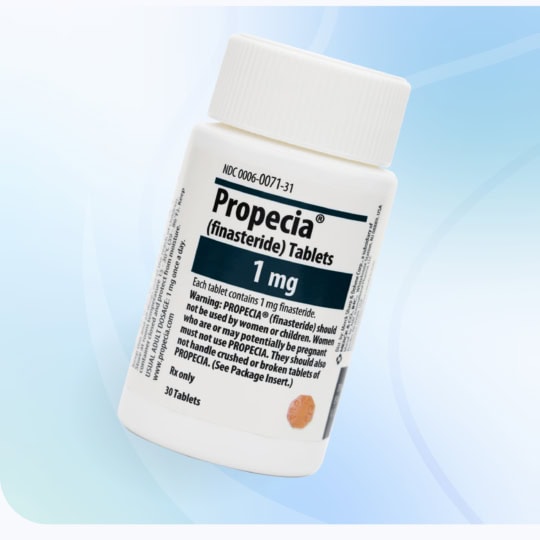
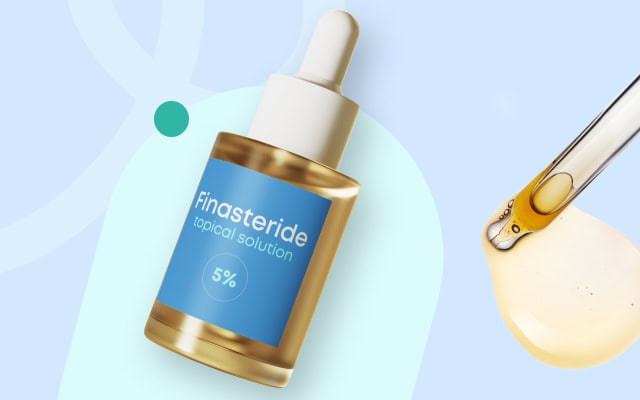
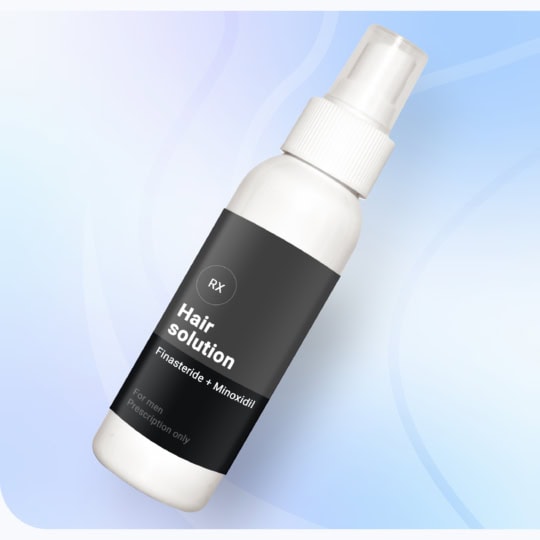
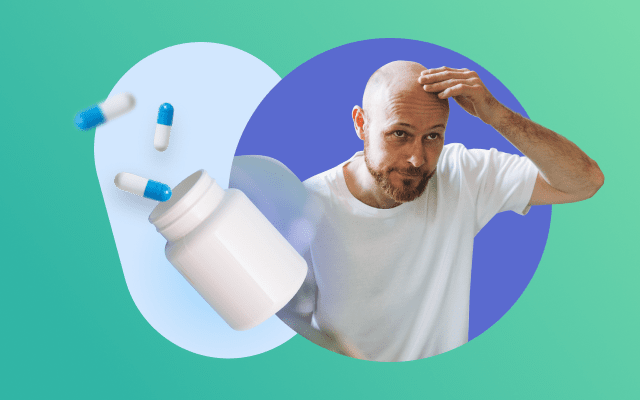

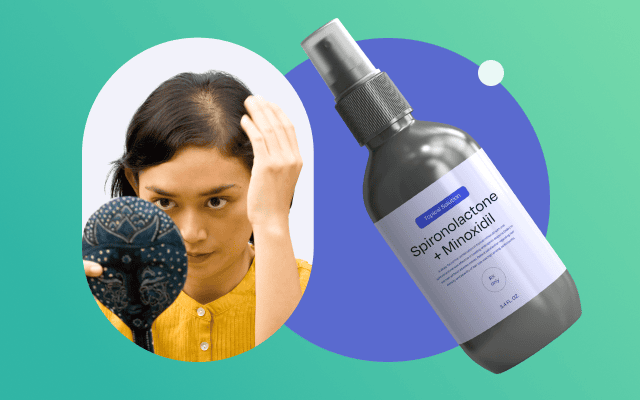
 Interested in getting a prescription for finasteride?
Interested in getting a prescription for finasteride?